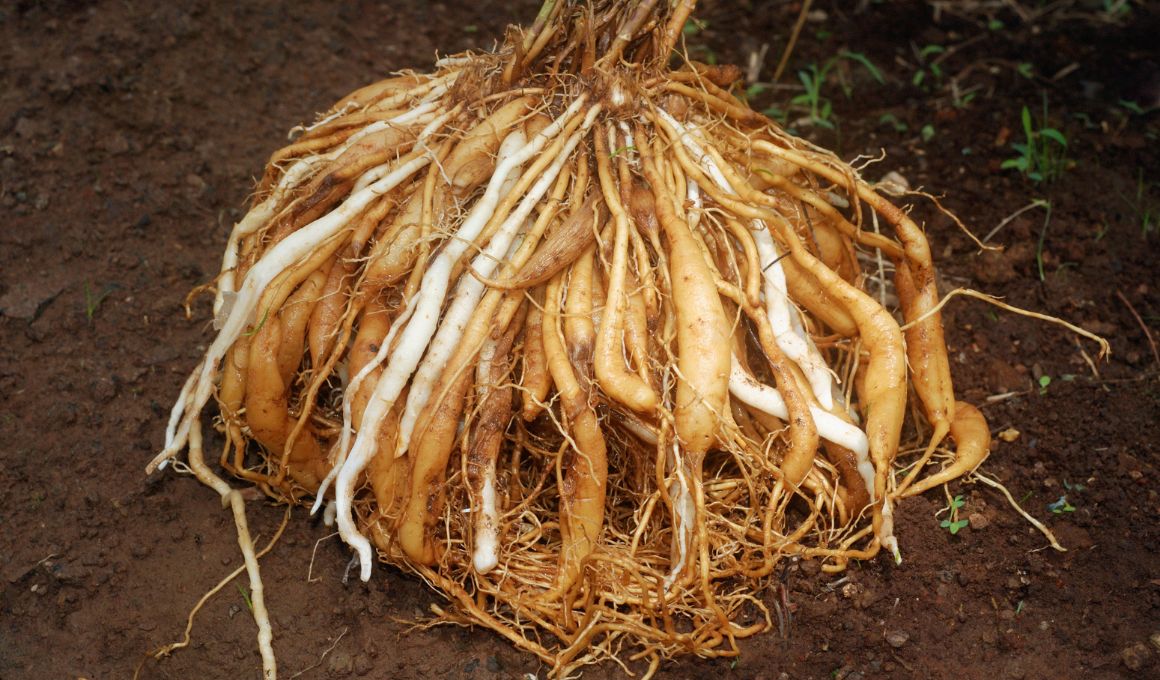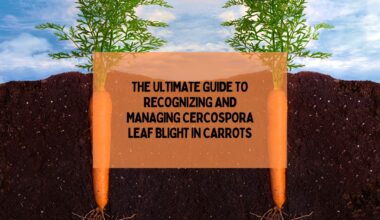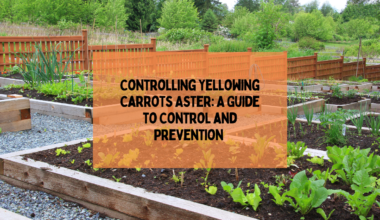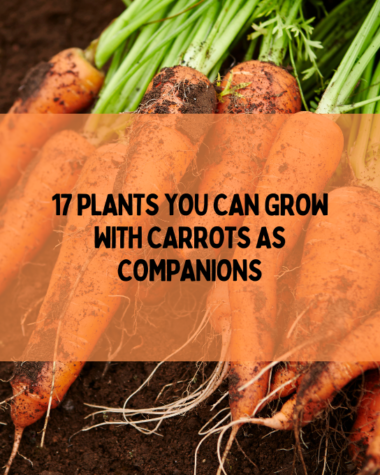Carrot cotton root rot is a severe fungal disease that can cause significant damage to crops and lead to yield loss. The disease is caused by the soilborne fungus Rhizoctonia solani and affects both carrots and cotton. Effective carrot cotton root rot management is crucial for maintaining healthy crops and maximizing yield potential.
I will use the MECE framework in this article to provide a comprehensive guide to managing and treating carrot cotton root rot. This framework ensures that the information is structured mutually exclusively and collectively exhaustive, providing clarity and organization to the content.
The article will be structured into six main sections, covering everything from carrot cotton root rot basics to best treatment and prevention practices.
By following the guidelines outlined in this article, you can effectively manage carrot cotton root rot and maintain healthy, productive crops.
Understanding Carrot Cotton Root Rot

Carrot cotton root rot is a fungal disease affecting the roots of carrots and cotton plants. It is caused by the soilborne fungus Rhizoctonia solani, which infects the root system and causes rotting and decay.
Several contributing factors can lead to the development of carrot cotton root rot. These include excessive soil moisture, poor drainage, high temperatures, and other soilborne pathogens.
Carrot cotton root rot symptoms include wilting, stunted growth, yellowing leaves, and decayed roots. In the case of cotton plants, infected roots may develop dark brown to black lesions.
Early detection of carrot cotton root rot is crucial for effective management. Growers should regularly monitor their crops for signs of wilting or decay and take prompt action if they suspect an infection.
Detection can be done through visual inspection of the roots and soil or by conducting laboratory tests to confirm the presence of the Rhizoctonia solani fungus.
Growers can proactively manage and prevent the disease from spreading by understanding the definition, causes, symptoms, and importance of early carrot cotton root rot detection.
Related Read
- The Ultimate Guide To Cucumber Pests and Diseases
- How to Find, Prevent, and Treat Zucchini Plant Problems?
- 10 Tomato Diseases – How to Recognize, Treat, and Prevent?
Prevention of Carrot Cotton Root Rot

Preventing carrot cotton root rot is critical to maintaining healthy crops and maximizing yield potential. There are several cultural and management practices that growers can implement to prevent root rot:
- Cultural practices that can prevent root rot
Growers can improve soil health and reduce disease risk by implementing cultural practices such as crop residue management, avoiding over-crowding plants, and promoting good soil health through composting and soil amendment.
- Crop rotation as a preventative measure
Effectively prevents carrot cotton root rot. By rotating crops, growers can prevent the buildup of soilborne pathogens that can cause disease.
- Chemical and non-chemical control methods
Fungicides can control carrot cotton root rot, but growers should follow label instructions and use appropriate protective equipment when applying these products. Non-chemical methods such as biological control agents and hot water treatment can also be effective.
- Biocontrol options
Using biocontrol agents, such as Trichoderma spp. and Bacillus subtilis, can help prevent the development of carrot cotton root rot by promoting plant growth and suppressing the growth of pathogens in the soil.
- The importance of proper irrigation and drainage
Over-watering can contribute to the development of root rot, so it’s essential to maintain appropriate soil moisture levels. Good drainage is also crucial for preventing waterlogging and promoting healthy root development.
By implementing these preventative measures, growers can reduce the risk of carrot cotton root rot and promote their crops’ long-term health and productivity.
Management of Carrot Cotton Root Rot

Effective carrot cotton root rot management involves a multi-faceted approach that includes preventative measures and targeted management strategies.
Here are some critical strategies for managing carrot cotton root rot:
- Diagnosis and assessment of carrot cotton root rot
Accurate diagnosis is crucial for effective management. Growers should assess the severity of the infection and identify the underlying causes, such as poor soil health or improper irrigation.
- Appropriate management strategies based on the severity
Management strategies will vary depending on the severity of the infection. In mild cases, cultural practices such as crop rotation and proper soil moisture management may be sufficient. Chemical control methods such as soil fumigation may be necessary in more severe cases.
- Soil fumigation as a control method
Soil fumigation can effectively control carrot cotton root rot but requires careful application and monitoring to ensure safety and efficacy. Growers should follow label instructions and ensure appropriate protective equipment is used when applying fumigants.
- Effective use of fungicides
Fungicides can control carrot cotton root rot, but growers should choose appropriate products and follow label instructions. They should also consider resistance management to prevent the development of fungicide-resistant pathogens.
- Alternative control methods, such as solarization and hot water treatment
Alternative control methods such as soil solarization and hot water treatment can effectively manage carrot cotton root rot. These methods involve exposing the soil to high temperatures to kill pathogens.
By implementing these targeted management strategies, growers can effectively manage carrot cotton root rot and prevent the further spread of the disease.
It’s essential to choose appropriate methods based on the infection’s severity and follow all safety and label instructions to ensure the safety and efficacy of management strategies.
Also, Read
- Understanding Deformed Carrots And How To Fix Them
- Carrot Black Root Rot: Symptoms, Causes, and Prevention Methods
- Carrots For Butterflies: How To Attract Black Swallowtails To Your Garden?
Best Practices for Carrot Cotton Root Rot Treatment
Timely intervention and effective management strategies are critical to successfully treating carrot cotton root rot.
Here are some best practices for managing this disease:
- Timely intervention and monitoring
Early detection and timely intervention are critical for successfully treating carrot cotton root rot. Growers should monitor their crops regularly for signs of disease and take action at the first sign of infection.
- Effective use of chemical and non-chemical control methods
Both chemical and non-chemical control methods can effectively manage carrot cotton root rot. Growers should choose appropriate methods based on the severity of the infection and follow label instructions for safe and practical application.
- Crop rotation and other cultural practices to prevent a recurrence
Crop rotation and other cultural practices can help prevent carrot cotton root rot recurrence. By rotating crops and promoting good soil health, growers can reduce disease pressure and promote healthy root development.
- Soil management practices to reduce disease pressure
Soil management practices such as composting, soil amendment, and soil solarization can help reduce disease pressure and promote healthy plant growth. Growers should improve soil health and reduce disease risk through careful soil management.
By following these best practices for carrot cotton root rot treatment, growers can effectively manage this disease and promote their crops’ long-term health and productivity.
Final Thoughts
In conclusion, carrot cotton root rot is a severe disease that can cause significant damage to crops if not managed properly. However, by implementing a comprehensive management plan, including preventative measures and targeted management strategies, growers can effectively manage this disease and prevent further spread.
Critical strategies for managing carrot cotton root rot include accurate diagnosis and assessment, timely intervention and monitoring, effective chemical and non-chemical control methods, crop rotation, other cultural practices to prevent a recurrence, and soil management practices to reduce disease pressure.
By following these best practices and staying vigilant for signs of infection, growers can protect their crops and promote healthy root development, ultimately promoting long-term productivity and profitability.
With the right management plan, carrot cotton root rot can be effectively managed and controlled, ensuring the success and sustainability of agricultural operations.
Happy Gardening!







